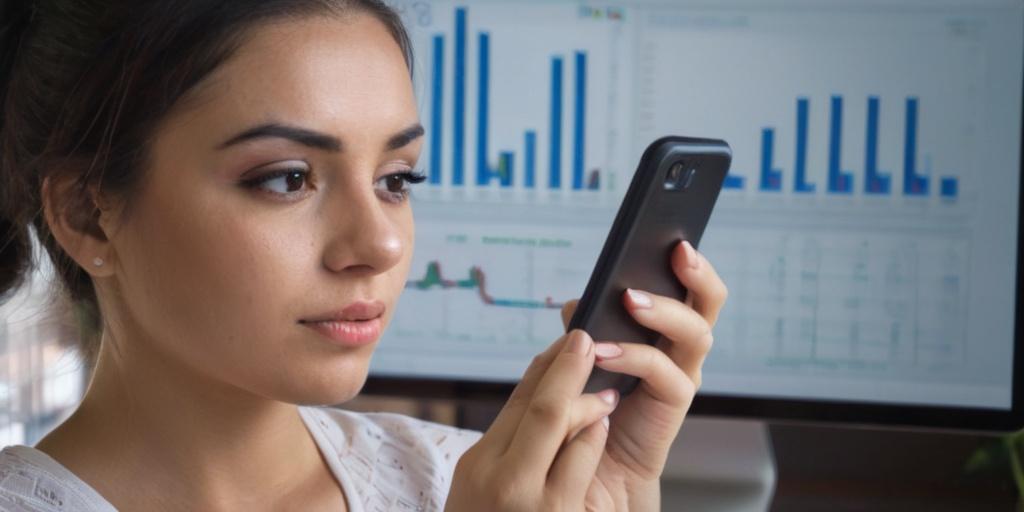Key Take Aways About Forex Trading
- Forex trading is gaining popularity in Mexico for diverse investments, focusing on currency exchanges.
- The Mexican peso (MXN) is heavily traded, especially against the US dollar (USD/MXN).
- Trading relies on economic indicators, political stability, and trader strategies.
- The CNBV regulates forex trading in Mexico; many brokers also adhere to international standards.
- Popular trading platforms include MetaTrader 4 and 5, with mobile apps becoming common.
- Risk management, using tools like stop-loss orders, is crucial for successful trading.

Understanding Forex Trading in Mexico
Forex trading in Mexico is a growing interest for many seeking to diversify their investment portfolios. The basics are simple: you’re buying one currency while selling another, hoping to profit as exchange rates fluctuate. There’s a lot more to it than just an educated guess though. It’s a mix of economic indicators, political stability, and a bit of luck. Imagine playing chess while watching six news channels at once.
The Basics of Forex Trading
Forex or foreign exchange is the place where currencies are traded. It’s the world’s largest financial market, open 24 hours a day, five days a week. Traders, from big banks to independent investors like Juan, are all buying and selling currencies, creating a bustling marketplace. It’s not about physical money changing hands; it’s about digital transactions that can see fortunes made or lost faster than you can say “pesos to dollars.”
Why Forex is Popular in Mexico
Mexico’s currency, the Mexican peso (MXN), is one of the most traded in the world. Its relationship with the US dollar is particularly interesting. The proximity to the US, a major trading partner, means that any whisper of economic news can send traders into a frenzy. Whether it’s a trade deal announcement or a drop in oil prices, these movements provide ample opportunities for those ready to pounce.
Regulations and Legal Framework
Forex trading in Mexico is regulated by the Comisión Nacional Bancaria y de Valores (CNBV). It’s something like a stern guardian, ensuring traders aren’t diving into dodgy waters. They provide licenses to brokers and keep things on the up and up. Many brokers in Mexico are also regulated by international bodies like the FCA or ASIC, offering an extra layer of protection. Even with these safety nets, a savvy trader knows the importance of doing their due diligence before partnering with a broker. For an overview of trusted platforms that cater to Mexican traders, BestForexBrokers.co provides a curated list of reputable forex brokers.
Popular Currency Pairs
In Mexico, traders often focus on the USD/MXN pair due to its high liquidity and volatility. But, they don’t shy away from other major pairs like EUR/USD or GBP/USD. Some adventurous souls even dabble in exotic pairs like MXN/JPY. Each pair has its own rhythm, and understanding these nuances is key to making informed trades.
Market Influences and Strategies
Economic indicators like GDP, inflation rates, and employment data can sway market decisions. For instance, an increase in Mexico’s GDP might strengthen the peso against other currencies. Traders follow these indicators closely, often layering different strategies. Some opt for technical analysis, charting historical data to predict future movements. Others rely on fundamental analysis, which involves keeping an ear to the ground for any news that might impact the markets. And let’s not forget the hybrids who use a bit of both, hedging bets with a calculator in one hand and a newspaper in the other.
Tools of the Trade
A good forex trading platform is like a trusty sidekick. It needs to be reliable, easy to use, and offer up-to-date market data. In Mexico, many traders use platforms like MetaTrader 4 or 5, which provide a wide range of tools for analyzing market trends. Mobile trading apps have also gained popularity, allowing traders to keep an eye on markets from anywhere. Imagine closing a trade successfully while standing in line for tacos.
The Role of the Broker
Choosing the right broker is somewhat akin to picking a dance partner. You want someone reliable, who knows the floor well. Brokers come in two main varieties: dealing desk (DD) and no dealing desk (NDD). DD brokers often take the opposite side of a trade, while NDD brokers match trade orders either internally or with liquidity providers. Each has its set of pros and cons, and the right choice depends on a trader’s strategy and comfort level.
Managing Risks
Risk management is a fundamental part of forex trading. Savvy traders use stop-loss and take-profit orders, ensuring they don’t lose more than they can afford. It’s not all about the action; having a strategy for when things go south is equally crucial. Even the most careful traders experience losses, which is why seasoned traders say forex is as much about controlling your losses as it is about making gains.
Forex trading in Mexico offers a unique blend of opportunities and challenges. With a mix of regulation, exciting currency pairs, and strategic tools, it’s an enticing market for those willing to dive in with eyes wide open. As always, knowledge and a touch of caution are your best friends on this trading journey.